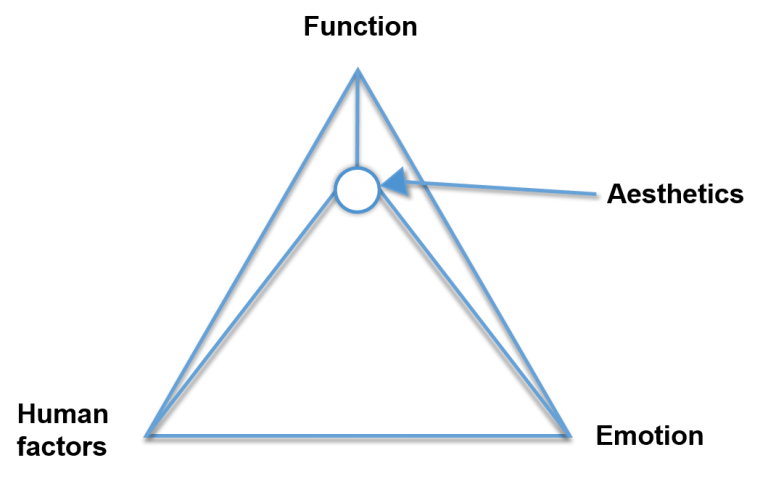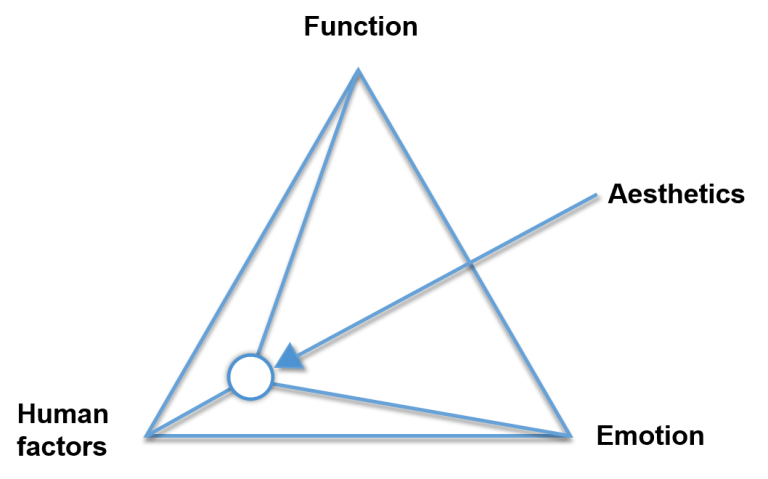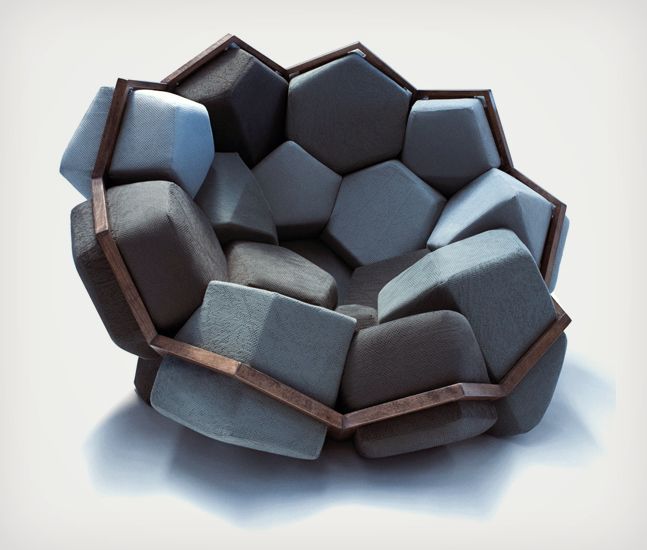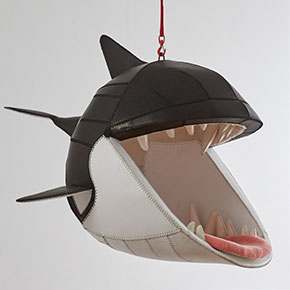The design of products in our everyday lives can be classified into three main categories; function, emotion and human factors. The aesthetics is what binds them altogether. The most ideal case is when the aesthetics is right in the middle of the function, emotion and human factors as shown in the diagram above. However, everybody have different preferences and hence the shift of the aesthetics when designers design a product. I will use different types of chairs as examples to show how products are created with the different shifts of aesthetics. With a similar type of product, it is easier to draw comparisons and see the shifts of aesthetics clearly.
The first is when the aesthetics shift towards the function, drawing away from human factors and emotion.
A good example to illustrate this type of product is a typical chair.
This chair is created solely for the purpose of users to sit. It does not really take into consideration of the human factors as sitting on chairs like this would be uncomfortable over a period of time. It also does not take into consideration of the users emotion as there is not really a design that people can relate to or feel attach to. Products like this are there to serve the function and that’s it.
The next example that I would be talking about is when the product is designed towards the human factors.
This type of products take into consideration the human factors more than the function and emotion. This is an example of how designers design a chair based on human factors.
Different cushions at different areas are placed according to your body shape. Users are able to adjust individual cushions to fit their own shape and size. I can imagine being very comfortable when sitting on one of this chairs. It is customisable and people can sit on this chair for long periods of time. But the downside of this product is that it draws away from the functionality of a chair. It takes up too much space and small apartments would not have space to put chairs like this just to sit.
The last example is when the product aesthetics draw near to the emotion and further away from the function and human factors.
A example to illustrate this is the predator chair.
This product eats into people’s emotion and they will feel very attached to it. Killer whales in this case in just an example, not everybody likes killer whales, but products like this are customisable to every individual’s liking. Having something that you like made into a chair surely draws your emotion into it. However, does this product really addresses the issue of functionality and human factors? It is questionable. The chair might look nice but it might be very uncomfortable to sit in and when you are really tired and need a break, getting into chairs like this might be too troublesome and you would probably sit on another chair.
In conclusion, designers need to look at the design triangle of aesthetics before designing a product so that they know exactly what to design for. There should always be a balance between function, human factors and emotion when designing a good product. I want to create a balance when designing products in the future but a personal preference would be incline towards the emotion part as I always believe putting your heart into creativity is always the best. Thanks!







